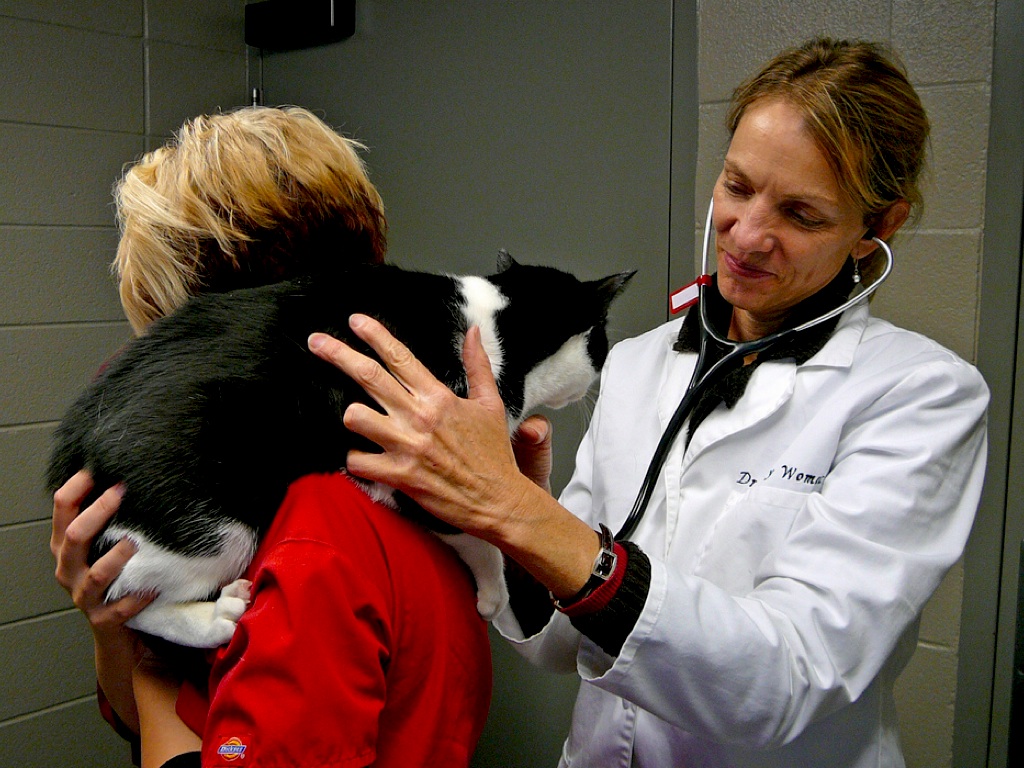People often ask if the cats get flu, my answer is yes. People love to keep cats as their pets and get attached to them. Feline upper respiratory infections appear the same as a human cold. You can see that the symptoms are almost the same.
Humans can speak about the pain and discomfort that they feel due to cold and flu. Cats are sensitive and need proper care. It is crucial to learn how to overcome the symptoms of the cats once they develop the flu.
Cats who do not get treatment at the right time can be at risk of serious health conditions.
Kittens and cats are at high risk of such illnesses. Let’s start our journey to learn what cat flu is and how you can manage its symptoms.
Certain feline viruses and bacteria infections can cause the flu in cats. It is very hard to see your pet in pain but you can reduce the symptoms.
Some animal doctors in Islamabad say that you should consult with an animal doctor as soon as possible. Associating some home remedies with the treatment can speed up the recovery process.
Such infections affect the throat and nose of cats the same as humans. There is no age or breed limit for flu development. Because it is viral and contagious.
There is some research if cats get a viral infection from humans. Well, cat flu is different from humans in causing factors. Humans get the flu due to the influenza viruses. Cats get the flu only from cats. It may be possible that your cat can get the flu from other animals.
Causes
The most common causes of the flu in cats are feline herpesvirus and feline calicivirus. Studies say that ninety percent of the cat flu causes are these viruses. But it might be possible that your cat gets flu due to other causes, such as bordetella, feline chlamydiosis, and mycoplasma.
All cats are at risk if they are in catteries and shelters. If you have more than one cat, it means that your cats can also transfer the infection to each other. Through saliva and nasal secretion, these viral and bacterial infections get transferred from one to another.
Some other ways can also become the reasons for the spread of flu in cats or other animals, such as human hands, shared toys, beds, shared food bowls, etc.
Here are some flu symptoms that can help you to identify if your pet cat has developed flu or is experiencing discomfort.
Upper respiratory infections in cats appear with some symptoms, including:
- Eye ulcers
- Loss of appetite
- Fever
- Runny nose
- Difficulty breathing
- Sneezing
- Lethargy means not energetic
- Discharge from eyes
- Mouth ulcers
- Coughing
Studies say that cats with infections can develop secondary bacterial infections. It may result in worsened symptoms. Untreated infection in cats often becomes severe over time and can be life-threatening and some other potential damages, such as long-lasting eye damage, pneumonia or other physical complications may appear.
How to Diagnose the Flu in Cats?
Well, the cat flu is not that serious but you should get it treated before its symptoms get worse. Take your cat to the vet before doing any practice at home.
There will be a series of tests to rule out the conditions. Flu symptoms often match the other conditions, such as asthma, respiratory conditions, and chronic bronchitis.
Treatment of Flu in Cats
Experts share that there are no such antiviral drugs to deal with upper respiratory infections so far. Vets prescribe antibiotics to treat primary and secondary bacterial infections.
Basically, the treatment is performed to overcome the symptoms of the flu in cats. It makes the immune system work for infection relief. Some other treatments are also followed to reduce the symptoms of the flu, such as pain medications, eye drops, and antiviral agents.
Home remedies for cat flu
Humid and Warm Air: Your cats need some warmth when they get flu or colds. Use a humidifier and get help from steam to open the nasal passage.
Soft and strong-smelling foods: Try to feed your cats with some soft foods that can be digested by them.
Wash the face gently: remove secretions of the cat to make them feel comfortable. Use a warm washcloth to wipe the secretions.
Consult with a vet if your cat does not seem active!


























